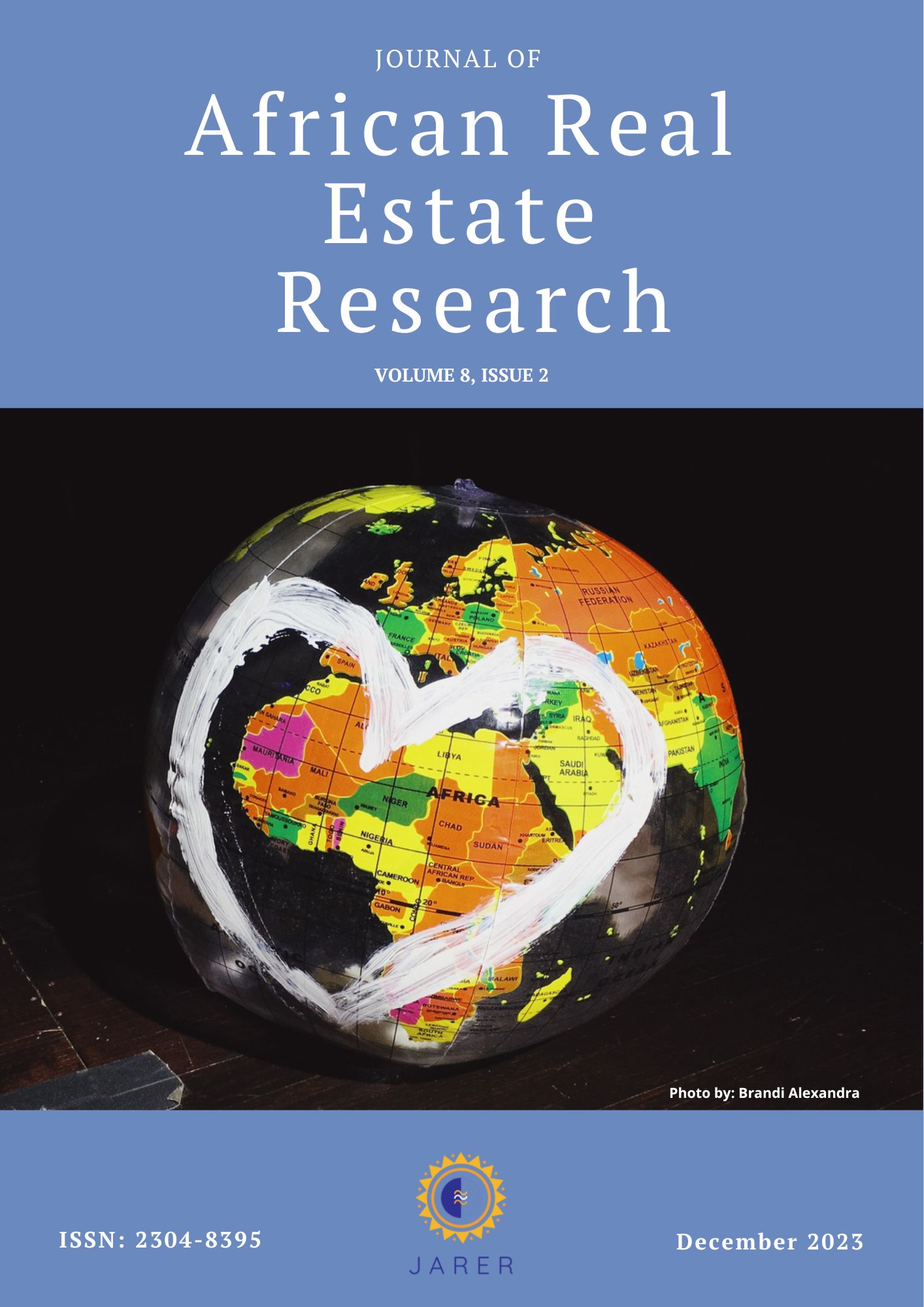Blighted properties:
Factors contributing to vacancy and underutilised state-owned properties in South Africa.
DOI:
https://doi.org/10.15641/jarer.v8i2.1383Keywords:
Blighted properties, Vacant buildings, Public Works, Maintenance, and Life cycle Asset ManagementAbstract
A blighted property is a property that has deteriorated, is vacant, has been abandoned, or has been foreclosed. This occurs when property depreciates over time due to neglect or damage. The study examines the factors contributing to vacancy and unutilised state-owned properties under the custodianship of the Department of Public Works and Infrastructure (DPWI). Most of the Department's properties are older than 100 years. Some of the vacant and underutilised properties are susceptible to theft, vandalism, vagrancy, and illegal occupation. Furthermore, maintenance on these properties has been lacking. The cost to the State of maintaining vacant buildings without any return on investment, continuous municipal payments, and security for safekeeping necessitates a discussion of strategies to address this problem. A self-administered questionnaire was administered to 105 DPWI employees responsible for managing vacant properties and ensuring their welfare. The relative importance of the contributing factors was quantified by the relative importance index method. According to the findings, external factors like poor public sector planning and policy are the most significant factors influencing vacancy in State-owned properties. In addition to that, there are challenges related to regulation, framework, and policy under the management of assets, as well as internal issues indicating weak procurement.
Downloads

Downloads
Published
How to Cite
Issue
Section
License
Copyright (c) 2024 Lwazi Mahlangu, Prof Worku

This work is licensed under a Creative Commons Attribution 4.0 International License.




